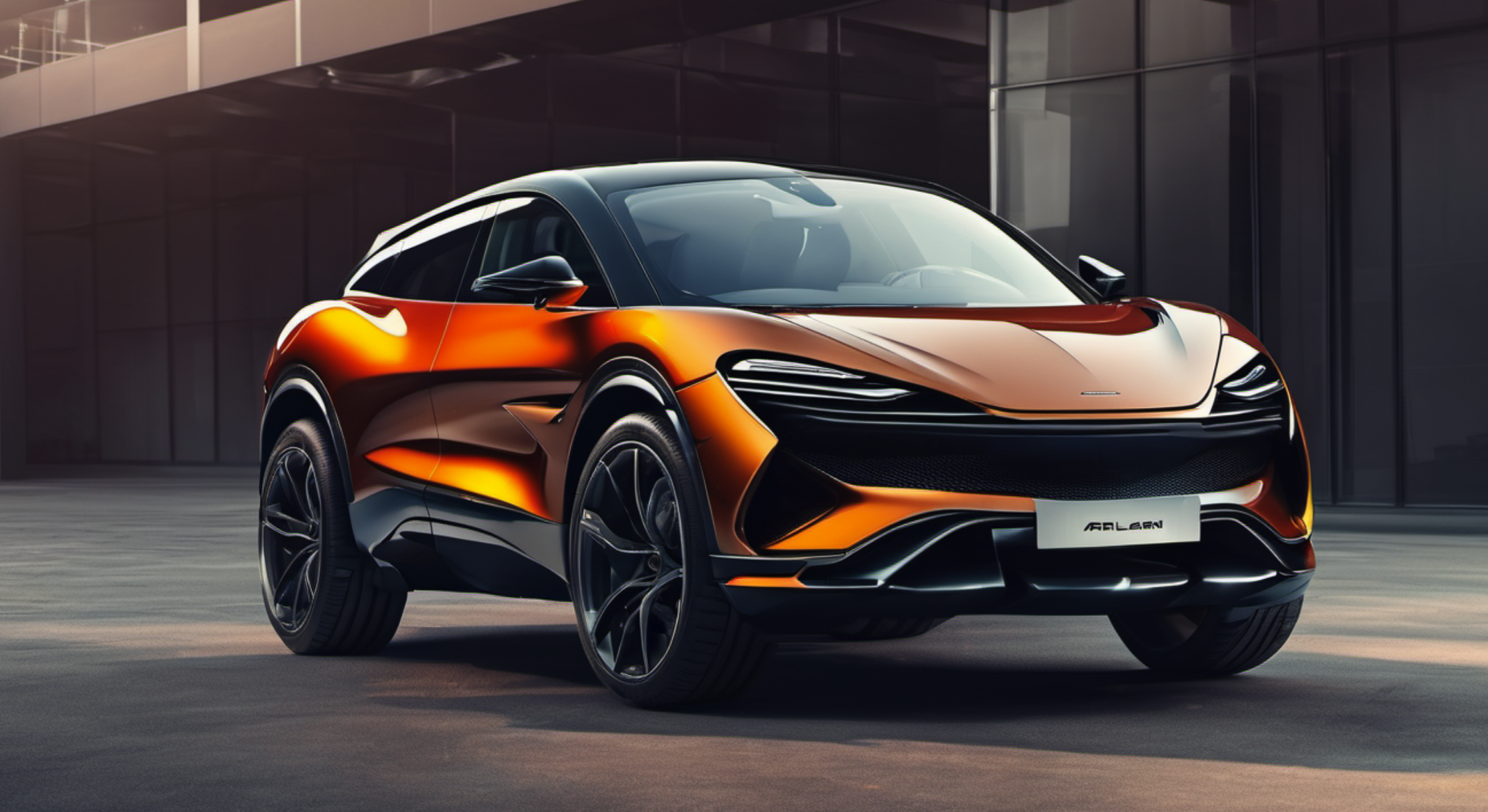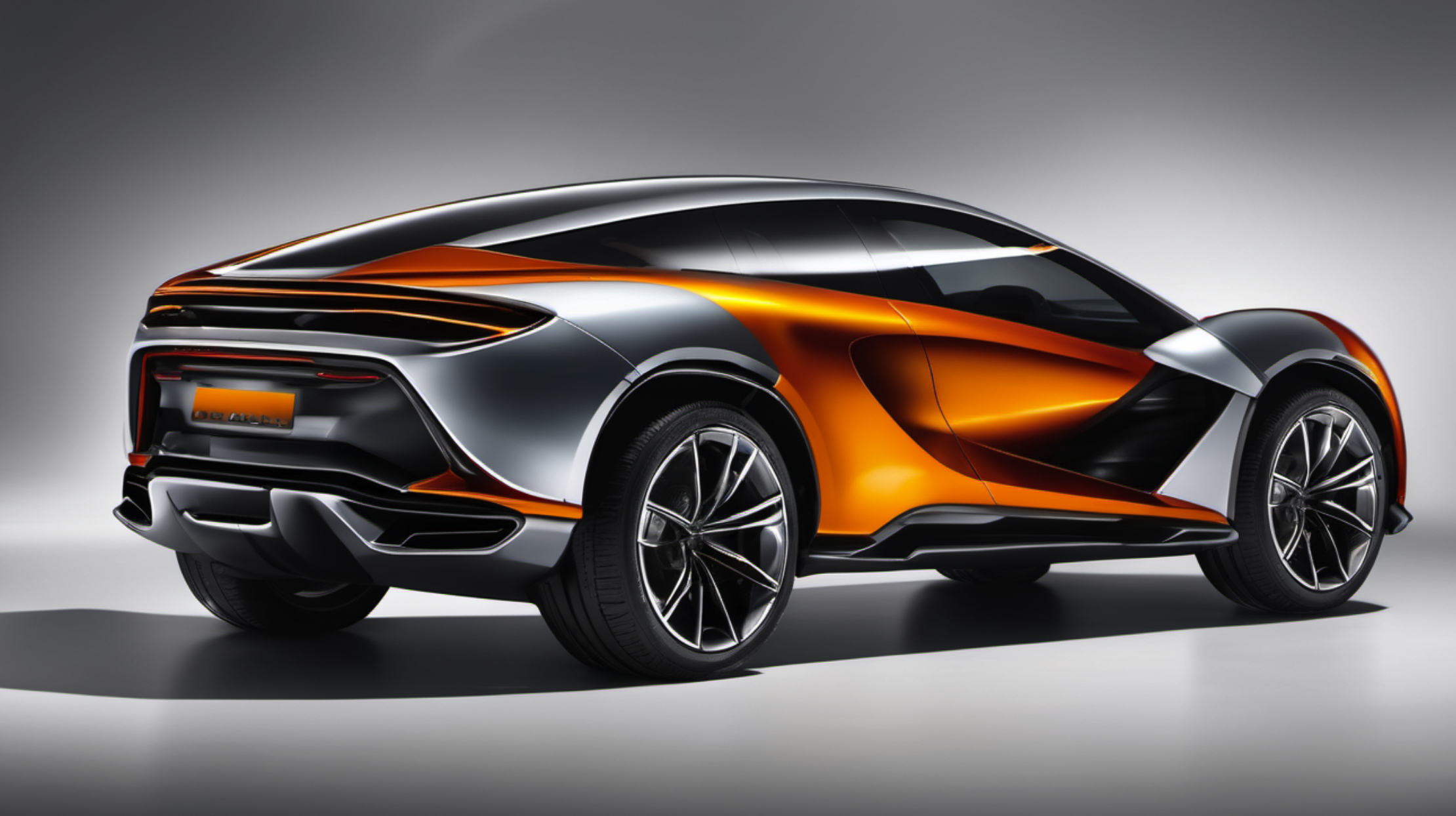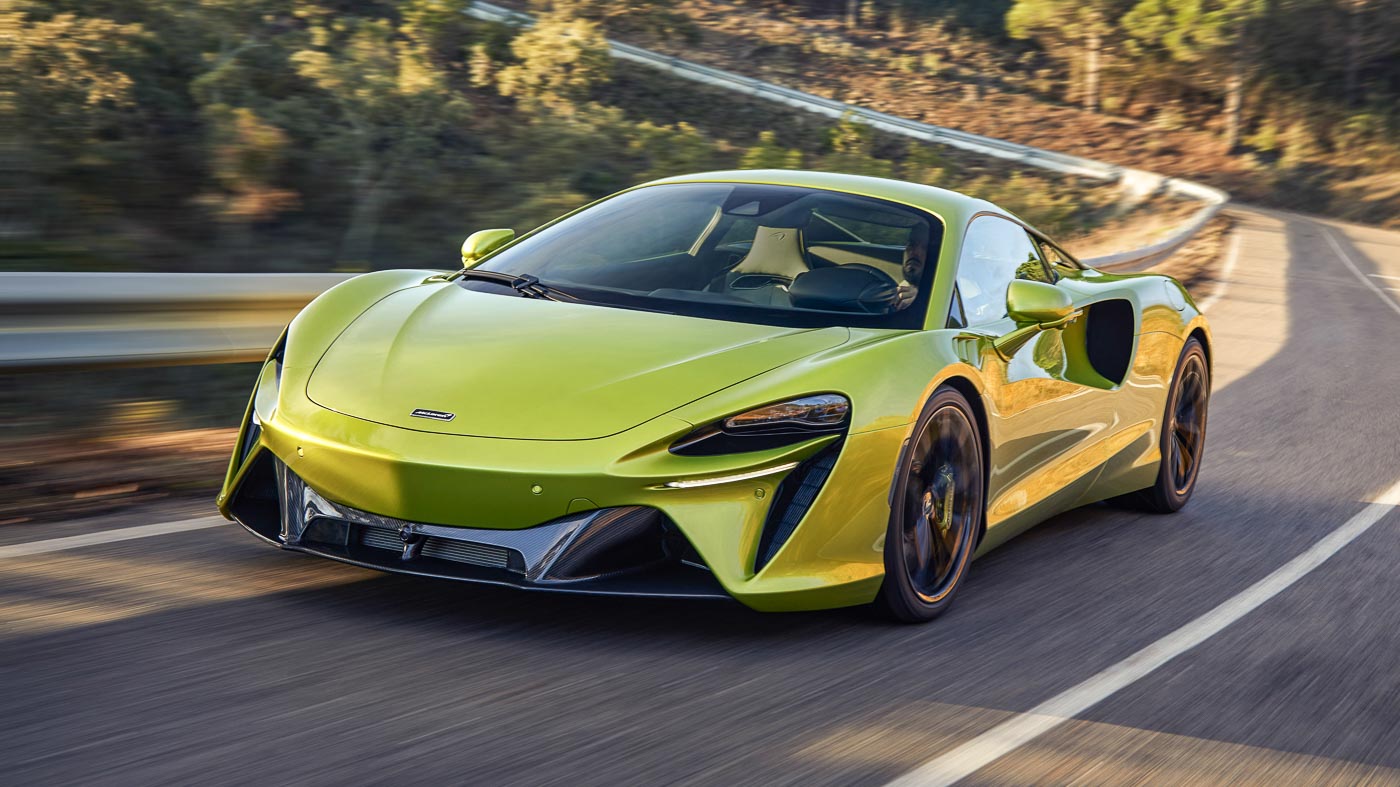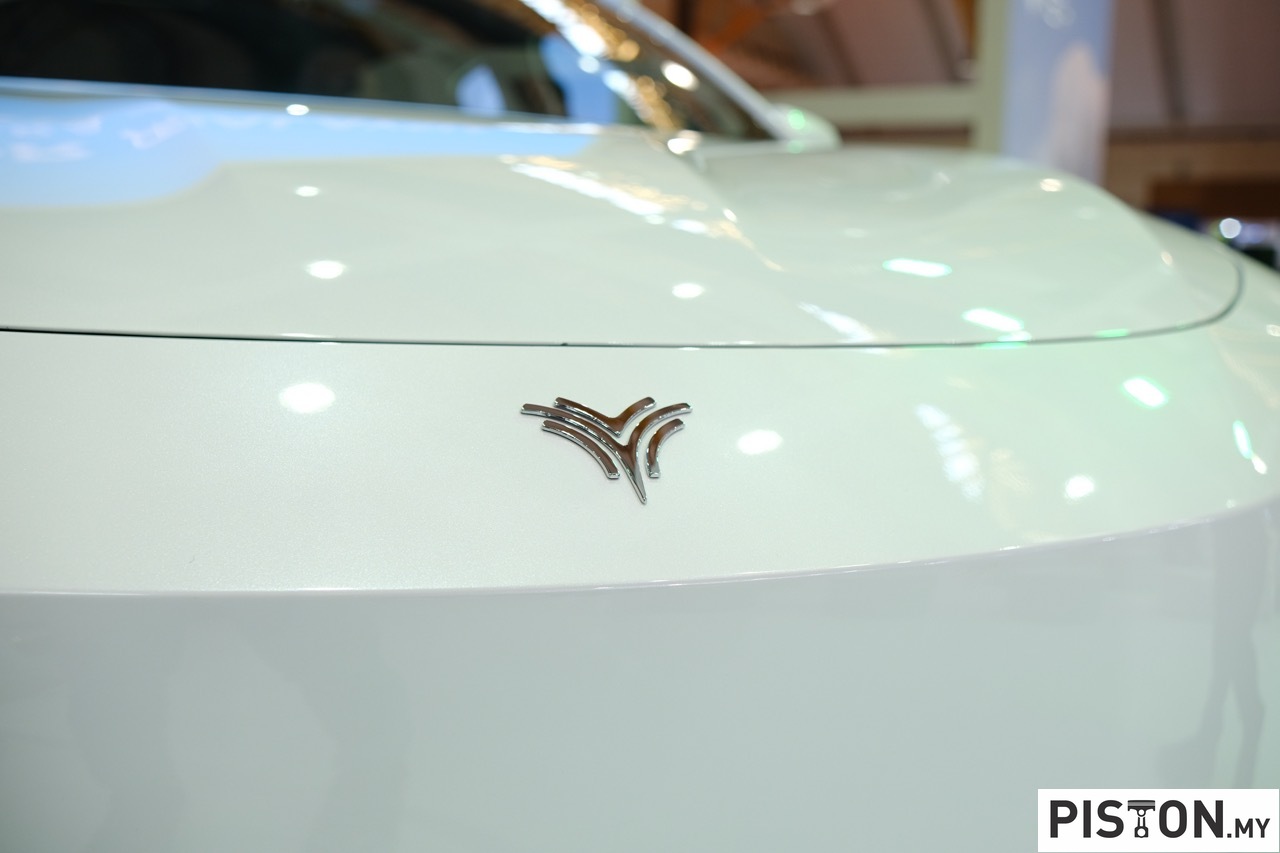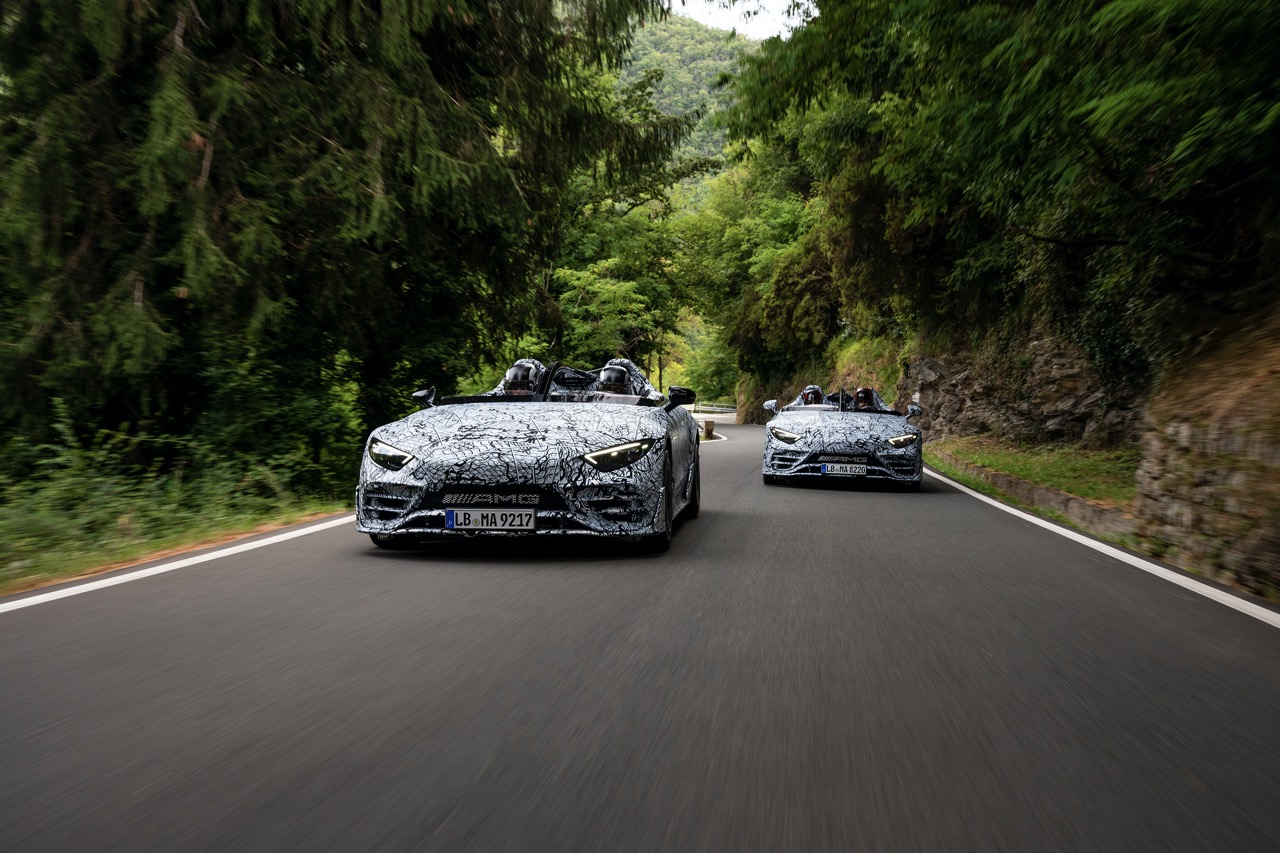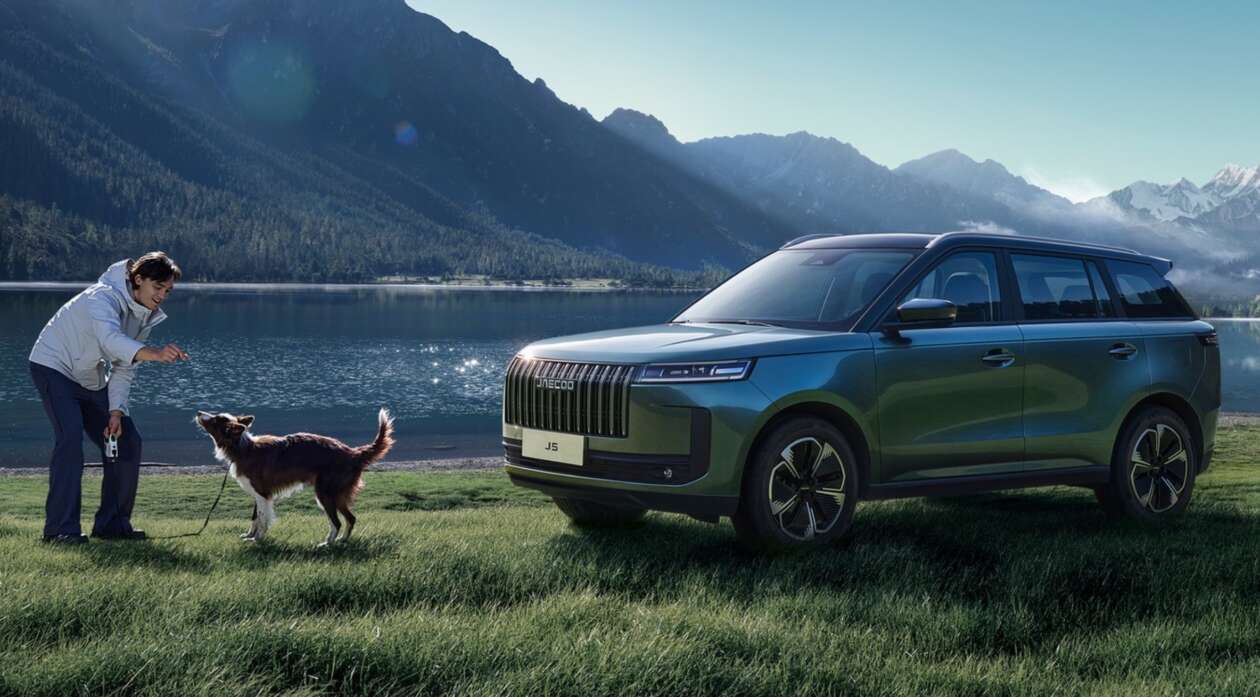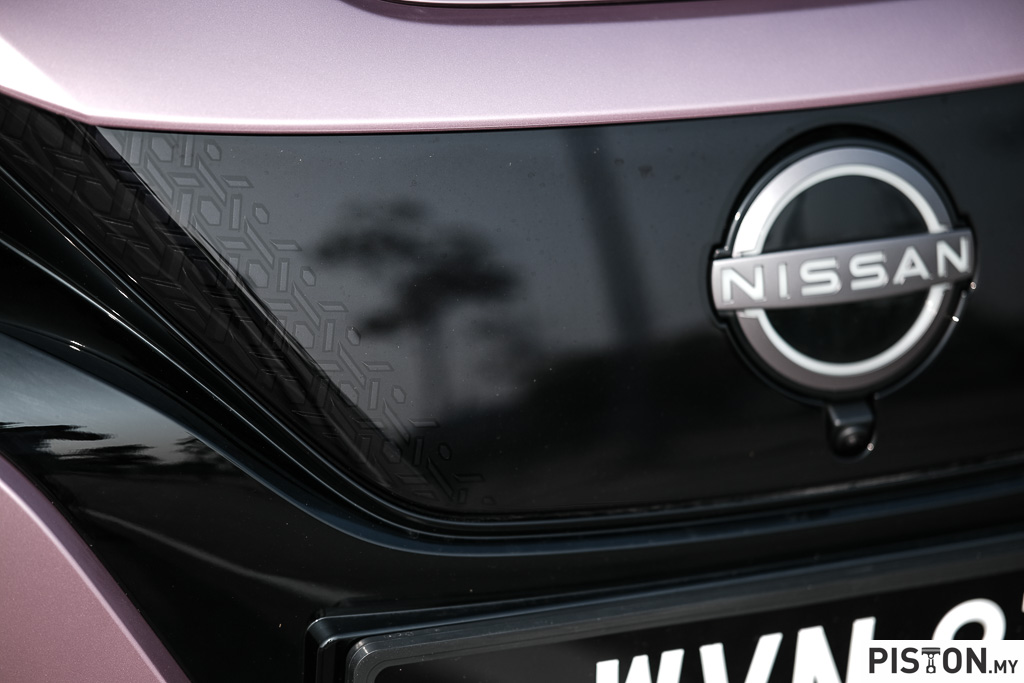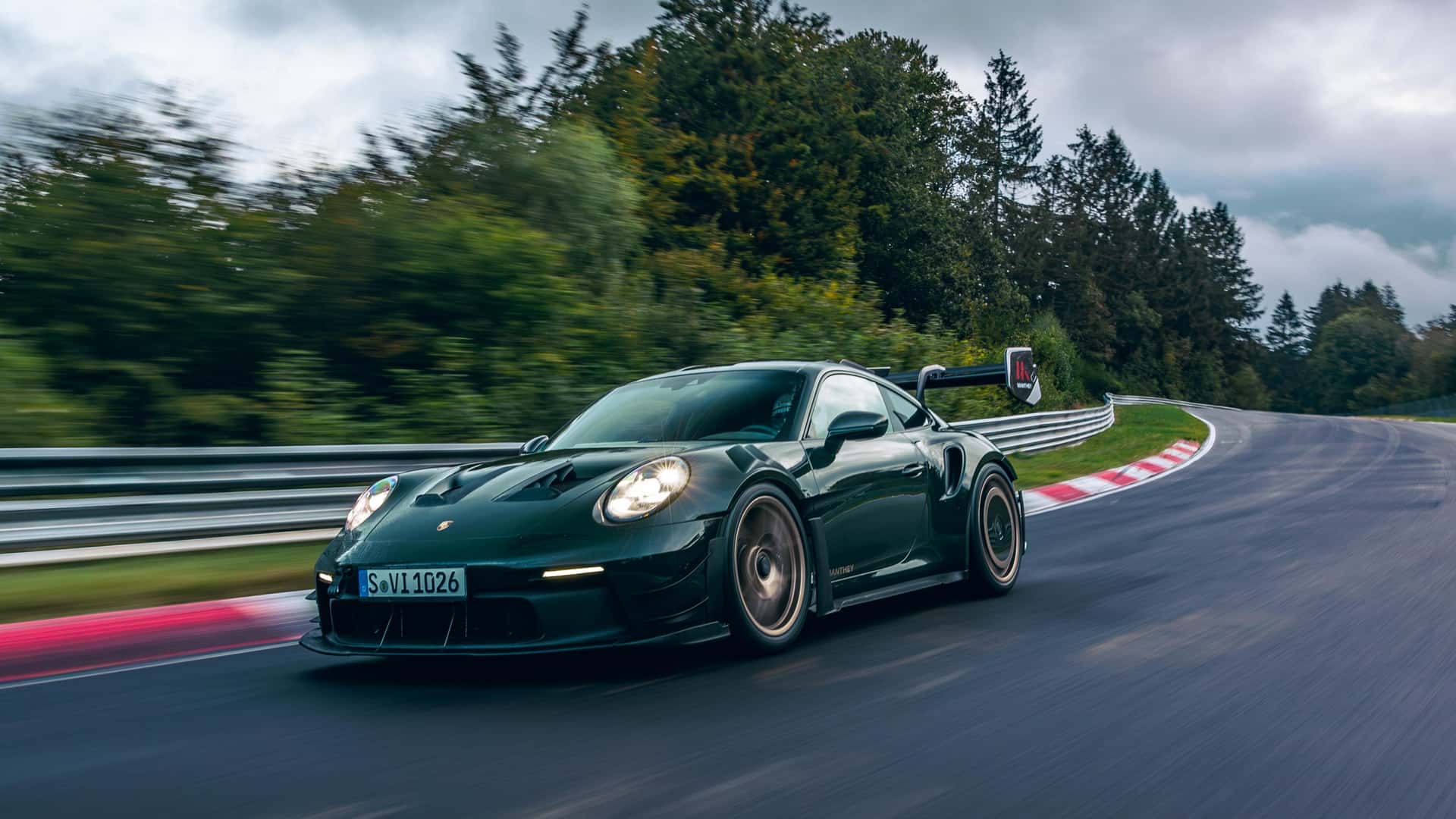Amidst challenging financial conditions and under fresh ownership and leadership, McLaren, the iconic British supercar maker, is striving to turn around its financial performance. The company recently disclosed significant losses totalling £873 million attributed to slow sales and reduced revenue.
Strategic Shift to Address Financial Challenges
To tackle these financial issues, McLaren is changing its strategy from the one set by its former leadership. The new plan involves entering the more profitable SUV market, a segment already popular among competitors. McLaren’s new CEO, Michael Leiters, has hinted at this shift by referring to the upcoming model as a “shared performance vehicle” (SPV), with a focus on performance.
Leiters explained that to unlock our full potential as a company, they believe there is a second stage. They aim to expand their lineup beyond the segment we currently occupy. They call this ‘shared performance,’ because it allows more people to experience McLaren performance.
Previous Stance on SUVs
In 2018, former CEO Mike Flewitt firmly opposed the idea of McLaren entering the high-end SUV market. He argued that an SUV would weaken the brand’s supercar image and require too much investment, making it unprofitable.
Flewitt said, “When we decide to do a product, there are three simple tests: It has to be right for the brand and customer base, we need the technology to create the best car in class, and we must be able to make money. An SUV would dilute the brand, we lack the necessary technology, and we would not make any money. So, it doesn’t meet our criteria.”
New Plan and Technological Partnership
To address these concerns, Leiters has created a plan involving a partnership with an external manufacturer to speed up the development process. This partnership will help maintain McLaren’s core identity while venturing into new territory. The SPV will be a plug-in hybrid, combining a McLaren powertrain with an existing platform from the partner, which is expected to save billions in development costs.
The new model will feature an engine from one of McLaren’s supercars, either the hybrid V6 from the Artura plug-in or the plug-in V8 set to power the replacement for the 750S. This approach aims to preserve the performance essence of McLaren while broadening its market appeal.
With these strategic changes, McLaren hopes to turn its financial situation around by expanding into the SUV market while retaining its brand’s high-performance reputation. The new SPV represents a significant shift in strategy, reflecting McLaren’s adaptability and commitment to achieving profitability.





